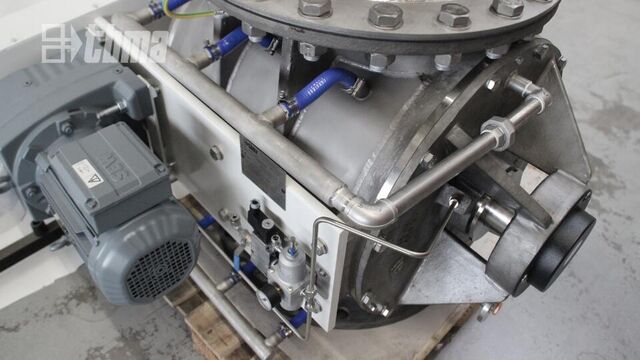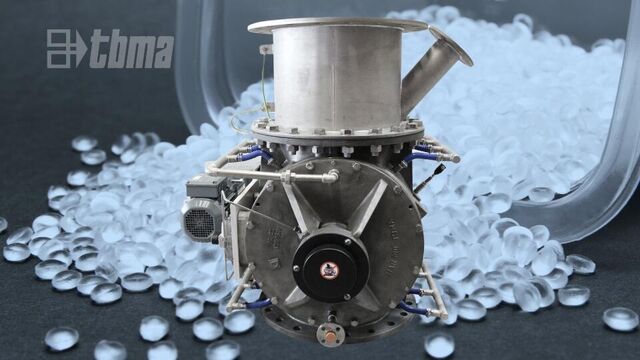How to beat a ‘cold bridge’
One of the parameters in process systems is the process temperature. When in certain parts of the system or components the temperature is lower, they can turn into a so-called ‘cold bridge’. Inside these parts or components condensation can occur, which can lead to product growth. If this happens in a rotary valve, this can cause the valve to block.
So, how do you beat a cold bridge?
Heating a rotary valve
Maintaining the process temperature is sometimes of the greatest importance. A so-called ‘cold bridge’ in the system can cause condensation inside pipelines or components, which can lead to product clumping, causing product growth or fouling. The standard method to prevent this problem is to heat the process equipment. Rotary valves are a tricky component in this regard: the shape and the narrow clearances between the rotor and the bore make even heating a challenging issue. If the valve is not evenly heated, some of the rotor tips could rub the bore or worse: the rotor could completely block. As rotary valves are often the joints in a process system, they should operate effortlessly.
Wet process
One of our customers wanted to make sure the risk of product growth would be eliminated. Early in their production process, powdered polyethylene or polypropylene is discharged from a reactor using a rotary valve. Since this is a wet process, there is still a lot of moisture in the product as it enters the valve. If it cools down too quickly, condensation will occur, which can lead to fouling of the rotor caused by product sticking to the surface. Eventually the rotary valve pockets get clogged, the rotor blocks and the valve stops. And so does the production process.
Laws of physics
When thinking how to solve this problem, the laws of physics sometimes point the way: at a higher temperature the humidity can be higher without the product sticking. We know how to design and engineer dense and dilute phase conveying systems and components, so we understand the laws of physics. But how do you evenly heat up a rotary valve? And especially a size 500?
Water jacket
We took up the challenge and engineered a custom double-walled H‑AR500 drop-through rotary valve with a water/steam jacket. This jacket is filled with heated water or with expanded high pressure steam, depending on what is available. This solution ensures continuous, even heating of the body, the covers and the rotor. As a result, the cold bridge is successfully eliminated and the formation of condensation is prevented. There will be no product growth, so the rotary valve can do its job and contribute to a smooth and efficient production process.



